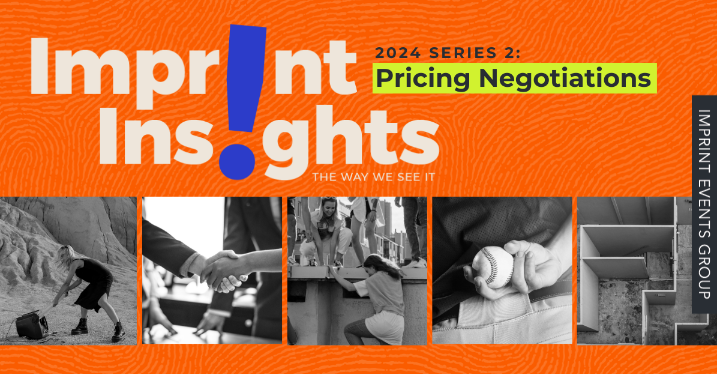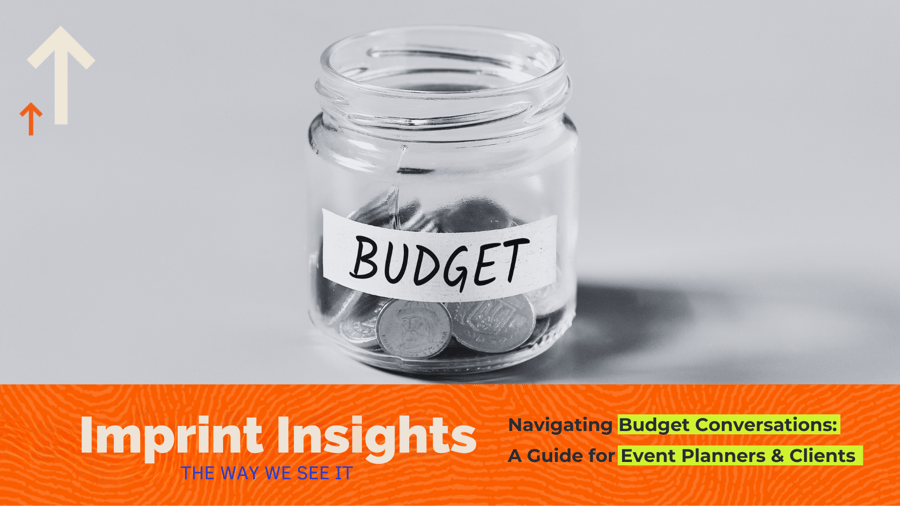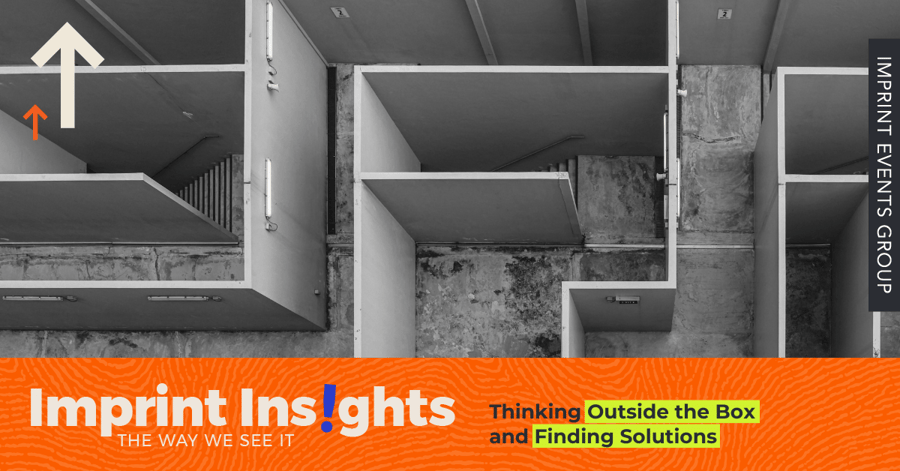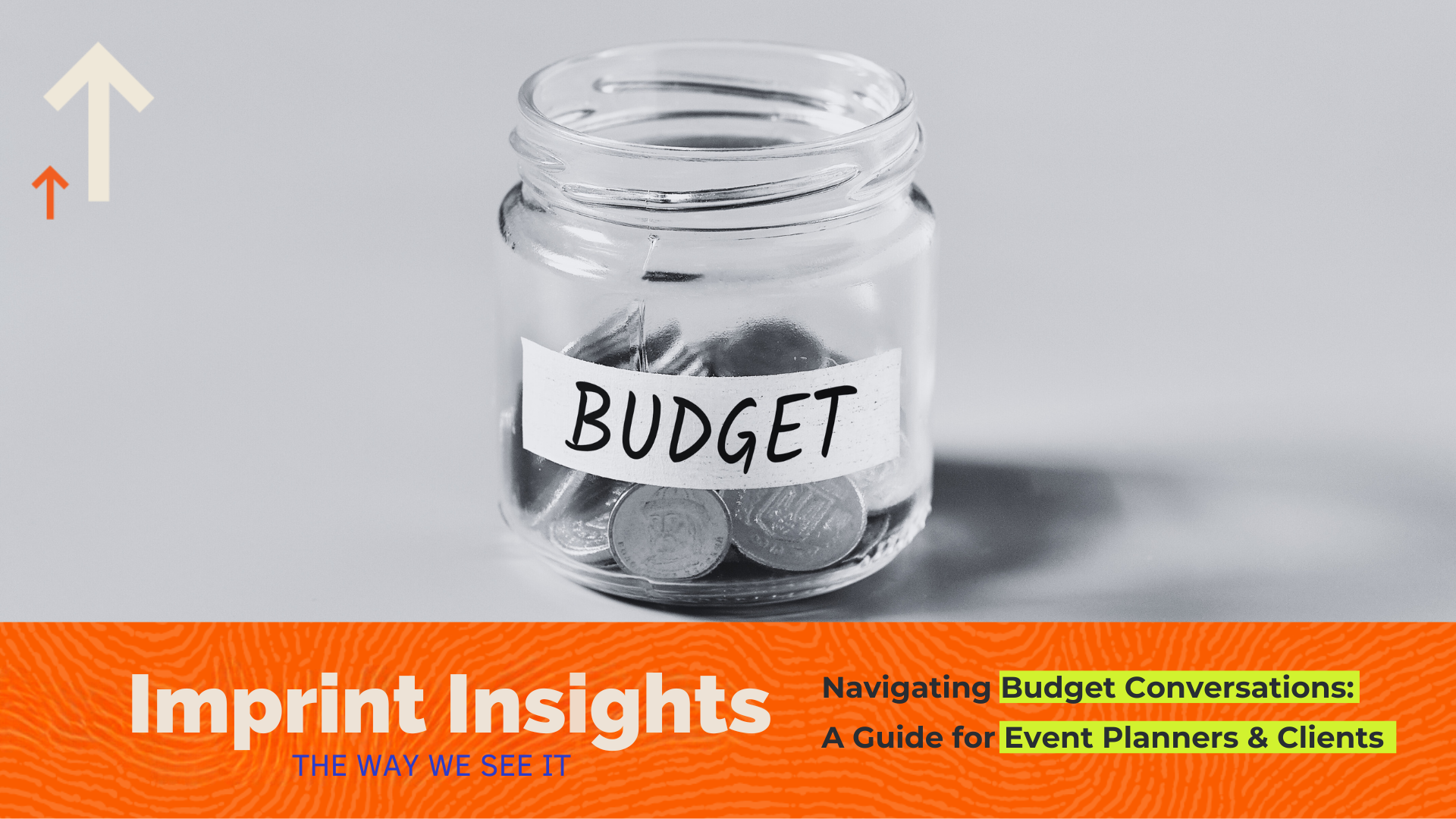Understanding Multi-Year Agreements: Pros and Cons for Long-Term Business Partnerships
Entering into multi-year agreements with any partner can be a strategic move for businesses looking to secure stability and foster long-term relationships. However, these types of agreements come with their own set of advantages and disadvantages. Let's dive in a bit to understand more.
Advantages of Multi-Year Agreements
Predictability and Stability
One of the most significant benefits of multi-year contracts is their predictability. By locking in terms for multiple years, both parties can plan better, allocate resources more efficiently, and minimize the risks associated with changes in the events market. However, I recommend that if you're at a new venue or in a new city, WAIT until that program is over and then add those "should'ves" to your multi-year contract.
Strengthened Relationships
Long-term contracts signal trust and commitment between partners. If this is a partner you work with annually, why not? Not only do you now have a chance to lock in the team you love, but they're already aligned with your goals and objectives. Even if the program itself is different, your company isn't, leading to stronger relationships crucial for collaborative problem-solving and innovation. Knowing that your partner is committed for the long haul encourages both parties to invest more in the relationship.
Cost Savings
These agreements often involve bulk buying or agreeing on fixed service rates, leading to significant cost savings over time. These savings can be crucial for budgeting and financial planning, allowing companies to allocate funds more effectively and potentially invest in other areas of growth. Make sure you're locking in those discounts to battle inflation.
Disadvantages of Multi-Year Agreements
Reduced Flexibility
One downside is MYAs' reduced flexibility to adapt to new market conditions or shift strategies quickly. Being locked into a long-term agreement can sometimes prevent companies from capitalizing on new opportunities or responding swiftly to industry changes. The worst is when the program shifts (which companies do adjust business models), and then you're left with space you don't need and a reduction in attendance. However, the flip side is that you risk NOT being able to get what you want by waiting until the last minute.
Dependence on Partners
Over-reliance on a single partner can be risky, especially if the partner fails to meet performance expectations or encounters financial difficulties. It's essential to evaluate your partnership and the reliability of a partner before committing to a multi-year agreement. Diversifying partnerships can mitigate this risk, but you'll lose convenience and trust when you have the right partner and aren't willing to lean into a multi-year agreement.
Potential for Complacency
With long-term agreements, there is a risk that one or both parties may become complacent, relying too heavily on the security of the contract rather than continually striving for improvement and innovation. Regular reviews and performance evaluations can help ensure both parties remain engaged and committed to achieving mutual goals. Setting SLAs in agreements is acceptable.
Best Practices for Managing Multi-Year Agreements
To maximize the benefits of MSAs while mitigating their drawbacks, it's essential to follow these best practices in managing these agreements. First, know WHAT you can use a multi-year deal for. If you're a Third Party, help your clients see the pros and cons. I used to spend at least 1.5 hours on a call with a client to walk them through it. I took my time, knew their business, and helped support their decision based on their needs. Be clear with your communication and make sure both parties have a shared understanding of expectations, deliverables, and performance metrics.
Secondly, flexibility should be incorporated into the contract where possible. Including clauses that allow for periodic reviews and adjustments can help both parties adapt to changing circumstances without jeopardizing the overall agreement. Don't be afraid to work on multiple review dates around your room block, your F&B minimum, or even your commitment to locking in final designs. This can also foster a sense of partnership and mutual support rather than rigid adherence to outdated terms. It also reinforces your commitment to collaboration by negotiating flexibility that supports your partner.
Lastly, focus on building a solid relationship with your partner. Trust and transparency are critical to any successful long-term agreement. The No. 1 way you will solidify your relationship and trust is by KNOWING your business. It is not just your business; that's a given (at least we better know our responsibilities); it's being able to apply that expertise in negotiations that support your irrevocable partnership. Don't negotiate the obvious; think outside the box and ask for areas that may not be "standard" but benefit both parties. Develop a collaborative environment and be open to feedback so both parties can work together more effectively and achieve better outcomes.
In closing, the truth is that multi-year agreements can be a double-edged sword. While they offer financial predictability and can foster strong partnerships, they also bind your partner to longer terms that might limit responsiveness to market changes. Companies considering multi-year agreements should weigh these pros and cons carefully, considering their immediate needs and long-term strategic goals. By implementing best negotiation practices and maintaining a flexible, communicative relationship with partners, you CAN make informed decisions supporting stable success. By understanding your business and having the right partner, multi-year agreements are unstoppable and genuinely the best and most reliable way to ensure success at every corner.
Relevant posts
Subscribe to Our Blog
Related Posts

Navigating Budget Conversations: A Guide for Event Planners and Clients

Navigating Budget Conversations: A Guide for Event Planners and Clients




.png)